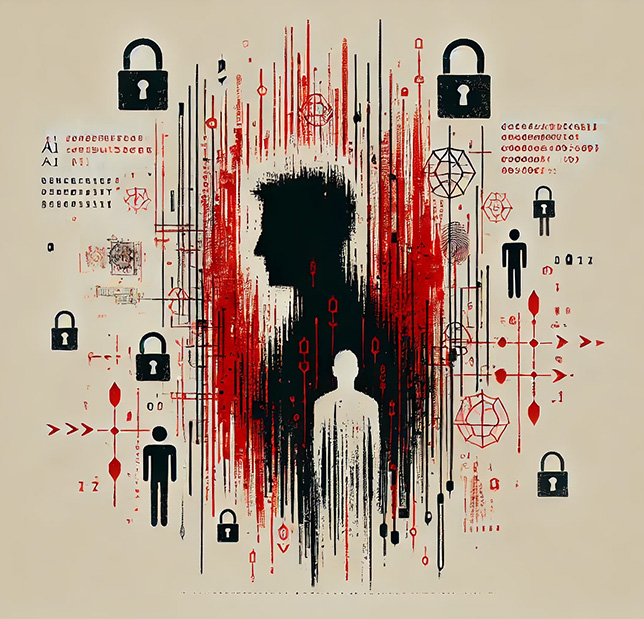
In an effort to clarify the potential risks of GenAI and provide "a concrete understanding of how GenAI models are specifically exploited or abused in practice, including the tactics employed to inflict harm," a group of researchers from Google DeepMind, Jigsaw, and Google.org recently published a paper entitled, "Generative AI Misuse: A Taxonomy of Tactics and Insights from Real-World Data."
The human factor is still one of the biggest threats to cloud security, despite all the technology bells and whistles and alerts and services out there, from multi-factor authentication, to social engineering training, to enterprise-wide integrated cybersecurity platforms, and more.
IBM and Microsoft have announced a "strengthened cybersecurity collaboration" aims at fortifying their joint customers' cloud environments.
In a new study from the University of Illinois Urbana-Champaign (UIUC), researchers demonstrated that large language model agents can autonomously exploit real-world cybersecurity vulnerabilities, raising critical concerns about the widespread deployment and security of these advanced AI systems.
Effective this fall, the United States government has ordered a ban on all sales of Kaspersky Lab software to businesses and private citizens due to concerns about cyber espionage.
Organizations are vulnerable to substantial data loss and negative business impact from a ransomware attack, according to a report from Veeam Software.
Microsoft's controversial new Recall feature (currently in preview) will not be activated by default for Windows users, the company announced.

Learning platform Instructure is working with Internet2 to address the data management and archiving needs of higher education institutions through the formation of a new Data Governance Advisory Council.
The U.S. Department of State has introduced a comprehensive cybersecurity framework aimed at international cooperation when targeting cybercriminals and strengthening defenses.
The National Institute of Standards and Technology is taking incremental steps toward establishing a more standardized national approach to AI safety.